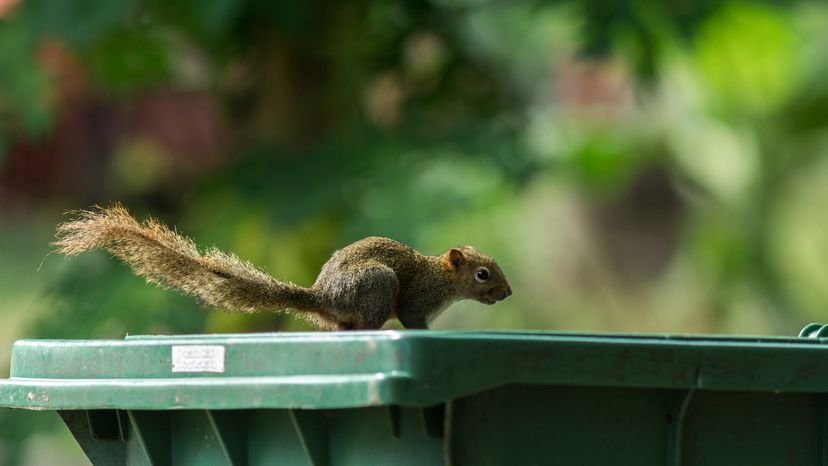Certain types of traps may be more effective for different squirrel species, mainly due to variations in size, behavior, and habitat preferences among different species. For example, trying to capture flying squirrels requires a totally different approach, since they're nocturnal. Consider the following factors before selecting the best squirrel trap for your situation:
Size Considerations
Larger species like the Eastern gray squirrel may require sturdier and larger traps compared to smaller species like red or pine squirrels. The trap must be big enough to comfortably hold the squirrel without causing harm.
Habitat Preferences
Tree-dwelling squirrels, such as the gray and red squirrel, might be more effectively caught using traps placed at a height or in areas closer to their natural pathways, like along fences or tree branches. Ground-dwelling species, like the rock squirrel, are better trapped using ground-level traps.
Squirrel Bait Preferences
The best bait will vary depending on the types of squirrels you're dealing with. For instance, some species might be more attracted to nuts and seeds, while others may prefer fruits or specific plants. Tailoring the bait to the specific preferences of the species in your area can increase the effectiveness of the trap, while preventing non target animals from getting involved.
Trap Sensitivity
Smaller squirrel species require traps with a more sensitive trigger mechanism to ensure that the trap is activated by their lighter weight.
Legal and Ethical Considerations
Always check local wildlife laws and regulations before trapping squirrels, as some species may be protected. Additionally, the use of humane traps that do not harm the animal is highly recommended.
It's important to note that while live trapping can be a method of controlling squirrel populations, it should be done ethically and in compliance with local wildlife regulations. Non-lethal, humane traps are preferable, and a trapped squirrel should be released or handled according to local guidelines. In many cases, focusing on preventive measures like habitat modification and deterrents can be more effective and humane than trapping.
